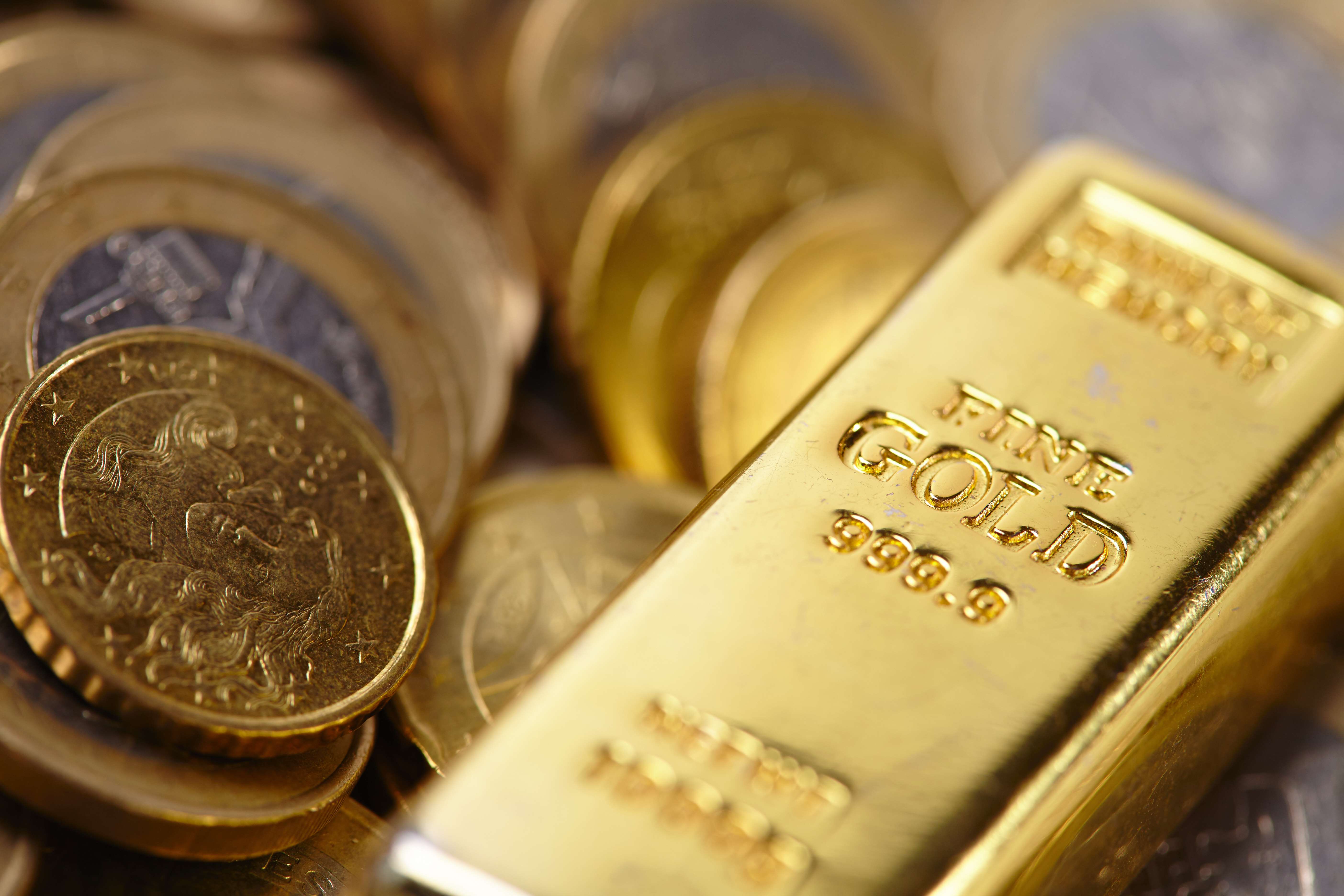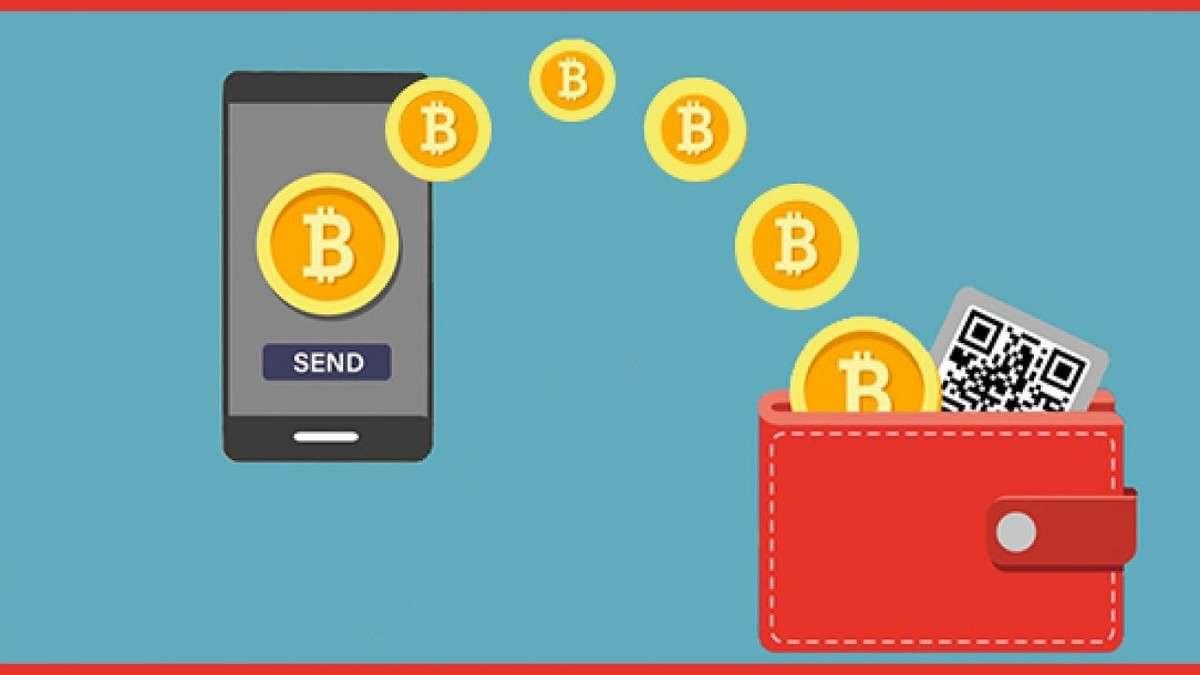Content
Over time, NFTs have fostered a massive, vibrant community centered around more than money or art. The space has become a place where lives can and do change and where people — more often than not — seem to want to look out for each other. As NFTs gained mainstream attention, scams flourished, PFP projects centered on quick profits saturated the market, and unique 1/1 art pieces fell out of fashion. This disheartened many who had found community in the space in the years prior to the market boom. The fact of the matter is that NFTs are used by more than just artists and collectors. The space includes artists, collectors, game developers, fashion designers, and more.
The setbacks in NFT trading and ownership transfer with previous blockchain networks had held back the expansion of NFTs. Ethereum blockchain offered a credible solution to problems for NFTs by enabling token creation, programming, storage, and trading. As a result, Ethereum enabled easier onboarding and lower barriers to entry for NFTs. If you craft a piece of digital artwork, attaching a rare crypto token to it alone will not make anyone interested in it. For many artists, scarcity is not a problem, but obscurity is.
What Does NFT Mean? A Guide to Non-fungible Tokens
No technology’s existence is as environmentally friendly as its absence, and deciding which technologies we deem valuable enough to continue to use is an ongoing conversation. When it comes to NFTs, uniqueness and scarcity increase their appeal and desirability. And as is true of all rare items, this scarcity allows individuals to sell their NFTs for premium prices.
Another advantage is that artists or event organizers can participate in the resale of these tickets and potentially fight the issue of black markets. Today, if you buy a ticket on a secondary market, you run the risk of buying a counterfeited ticket, and as a result, not having access to the event. NFTs or non-fungible tokens are a kind of crypto token that are created or “minted” with unique properties.
Why are NFTs so popular right now?
By the time it’s in the mainstream media, the moment to join any hype bubble has gone. The players at the top might make money, which is why they promote themselves so much, but it’s snake oil. They need to add more layers to the bottom of the pyramid and talk up the value of their own existing collection of – well, nothing. The darkest aspect of NFTs is the power consumption needed to keep it running. You might imagine a fancy home computer processing the blockchain, but that’s not the case.

For starters, the NFT itself won’t be created until someone buys it. The minting fee is also passed on to the buyer (which raises the buy-in price for any transaction), and since gas fees fluctuate over time, even the cost of conducting the transaction can be hard to predict. There have been cases of artists and creators having their work sold by others as what does NFT mean an NFT without permission. After the artist Qing Han died in 2020, her identity was assumed by a fraudster and a number of her works became available for purchase as NFTs. Similarly, a seller posing as Banksy succeeded in selling an NFT supposedly made by the artist for $336,000 in 2021; the seller refunded the money after the case drew media attention.
The science, and the law, behind the on-trend art currency.
Brief history of NFTs as they showed the path for NFT trading. At the same time, Rare Pepes also garnered mainstream attention towards NFTs for the first time through popular culture. Initially, users https://xcritical.com/ could trade Rare Pepe NFTs on Counterparty only. Once the NFT sales started increasing in 2021, many NFT owners utilized the Emblem Vault protocol for using Rare Pepe NFTs on the Ethereum blockchain.

The editorial content of OriginStamp AG does not constitute a recommendation for investment or purchase advice. Therefore, please seek advice before making an investment decision. Have you got an NFT project in mind to help build your community? Many computers running a network have higher average power usage and a higher carbon footprint.
Benefits of Non-Fungible Tokens
The market for NFTs was worth a staggering $41 billion in 2021 alone, an amount that is approaching the total value of the entire global fine art market. At their core, NFTs are the current means creators can use to capitalize on the fact that people still seek ownership and value exclusivity even in the digital age. Whether warranted or not, whether for bragging rights or personal satisfaction, people prefer real Vermeers to dupes; real Birkin bags to replicas; authentic Cartier watches to fakes.
- But if a project promises to donate funds and then chooses to keep the money, there isn’t much that anyone can do.
- Most important of all, Spells of Genesis established the benchmark for using NFTs in gaming experiences.
- He owns some other NFT pieces from Beeple, so it might be that he likes the artist and wants to support him.
- As NFTs offer proof of ownership and thwart any chances of fraudulent activities when buying luxury items.
- Blockchain is the starting point of the concept of digital assets, the foundation on which this new ecosystem, made up of among other cryptocurrencies, stable coins and NFTs, is built.
- This makes them completely secure, because blockchains are replicated across every computer linked to the network.
Other musicians who have used NFTs include American rapper Lil Pump, Grimes, visual artist Shepard Fairey in collaboration with record producer Mike Dean, and rapper Eminem. Within the film-industry, NFTs most importantly offer the ability to tokenize movie-scenes and sell them as collectibles in the form of NFTs. In the music-industry artists are able to gain more control over their artwork without interference by third-parties by using NFTs. In March 2021, the blockchain company Injective Protocol bought a $95,000 original screen print entitled Morons from English graffiti artist Banksy, and filmed somebody burning it with a cigarette lighter. They uploaded (known as “minting” in the NFT scene) and sold the video as an NFT.
What Is An NFT? Non-Fungible Tokens Explained
Like cryptocurrency, NFTs are also unregulated and no one can assure their value. If the hype dies, losses could pile up instead of providing any gains. It is the essential source of information and ideas that make sense of a world in constant transformation. The WIRED conversation illuminates how technology is changing every aspect of our lives—from culture to business, science to design. The breakthroughs and innovations that we uncover lead to new ways of thinking, new connections, and new industries. Game developer Rami Ismail outlined some of these challenges in a long Twitter thread, using the example of a simple six-sided die.
Artist and buyer fees
The NFT marketplace OpenSea has rules against plagiarism and deepfakes (non-consensual intimate imagery). Some artists criticized OpenSea’s efforts, saying they are slow to respond to takedown requests and that artists are subject to support scams from users who claim to be representatives of the platform. Others argue that there is no market incentive for NFT marketplaces to crack down on plagiarism. From the perspective of some in the traditional art world, the idea of buying digital artwork that can’t be framed and hung on the wall might seem strange. As such, the thought of being sold a fraudulent digital artwork sounds even weirder.